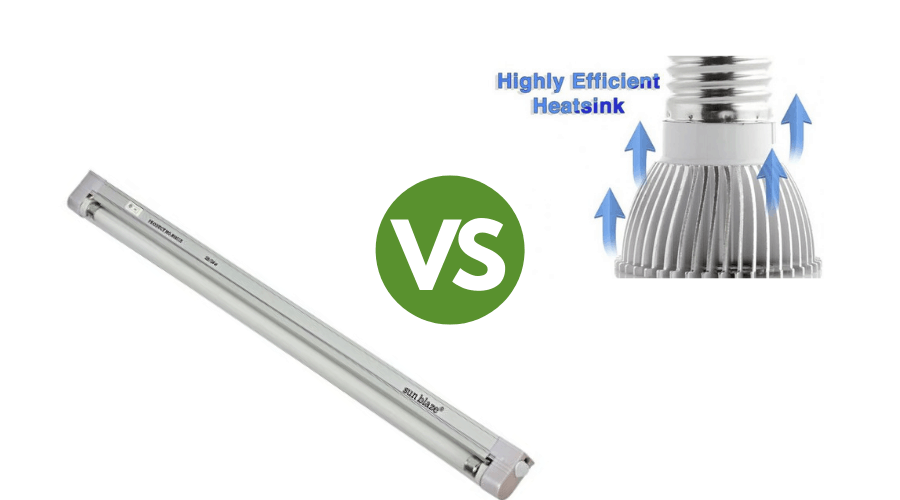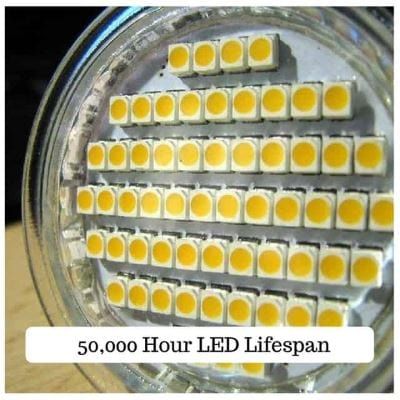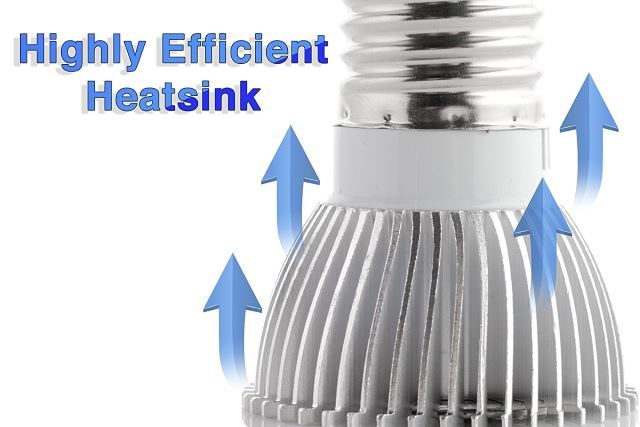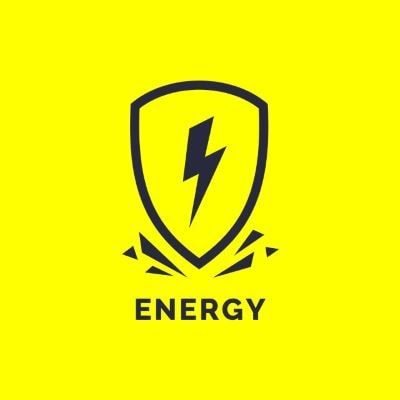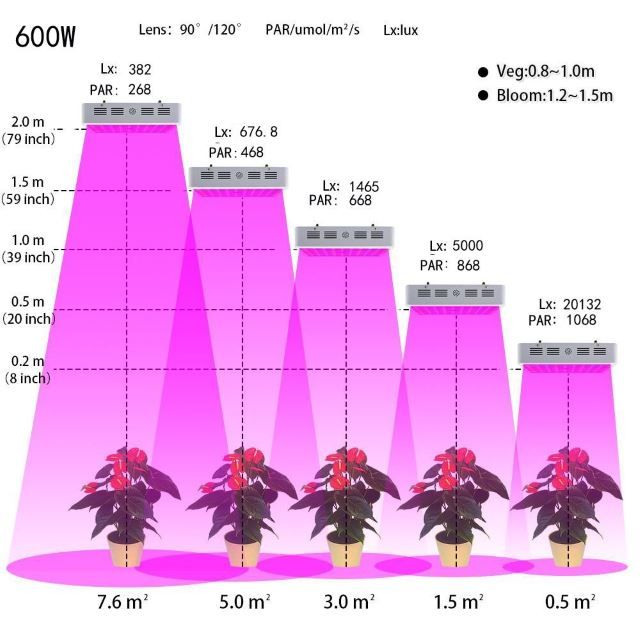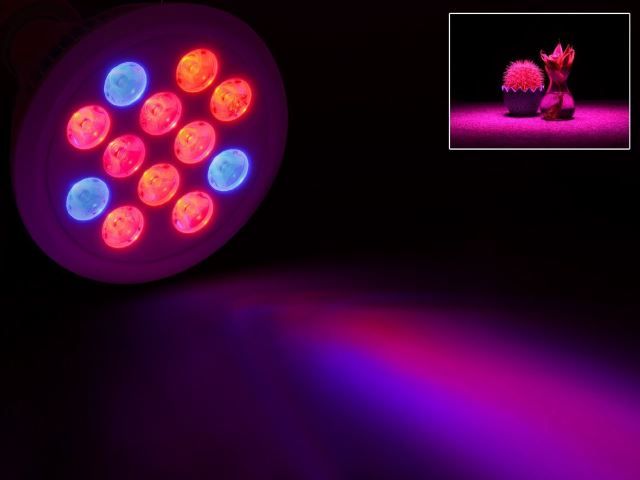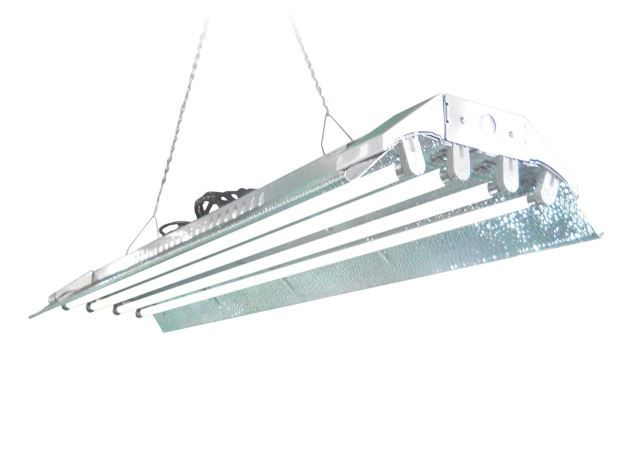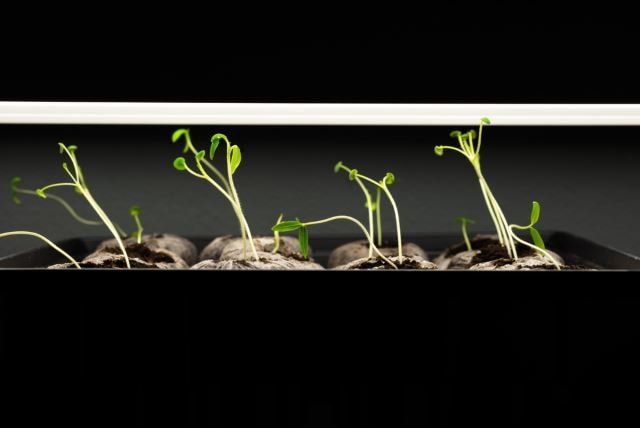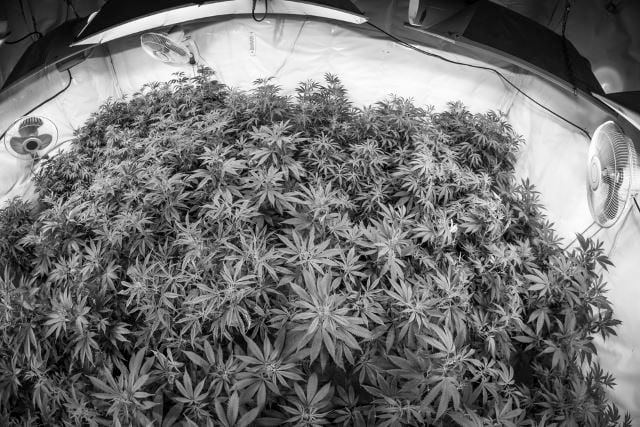Indoor gardens are much easier to maintain if you have the right tools at hand. Typically, indoor gardens are hydroponic, but some people prefer to use traditional soil for their potted plants. Do you know which grow lights are best for your buds and blooms, though? Fluorescent used to be the go-to glow for indoor plants, but recently, LED lights for growing have hit the scene, and now green-thumb growers everywhere are wondering which one really is the best. Let's take a look at the different features and compare the LED grow light versus a fluorescent grow light.
LED Grow Light
When LED lights for growing first hit the market several years ago, horticulturists everywhere were intrigued, but not convinced, that it could be the answer to their plants' dreams. Back when they first debuted, they were expensive, and not nearly powerful enough to get the growth gardeners wanted from their plants. A lot's changed, though, and many growers are making the switch.
PROS
- Long life
- Low heat output
- Low energy use
- Greater spectrum of light
- Can be plugged into standard outlet
CONS
- Bright purple/pinkish glow
- High initial cost
Now let's break down those pros and cons, so you'll understand why some growers are choosing to grow their plants under the pink glow of LEDs.
Long Life
Most LED lights for growing are guaranteed to last up to 50,000 hours, which is a ridiculously long life for a light.
Low Heat Output
One of the best things about LED grow lights is that they do not burn hot. In fact, they're so cool, you may not even need to run an air conditioner to keep a grow room cool. So, your energy costs will go down based on that feature alone. This also means that you can keep the lights close to your plants and not worry about burning.
Low Energy Use
To say LED lights are energy-efficient is an understatement. Whether you have a closet-worth of plants, or a whole room dedicated to growing vegetation, you're hardly going to notice a change in your electricity bill – even if you run the lights 24 hours per day.
Greater Spectrum of Light
Your plants need (almost) a full spectrum of light to help with each stage of growth. At the minimum, they need lots of red, and a bit of blue light to help with root growth, leaves, and flowering. Green light isn't nearly as important, which is why most plants are green – the color is reflected off the plant. A little bit can help with photosynthesis, though. And LED lights give you the light your plants want.
Standard Outlets
Most LED lights come with a power cord that plugs into standard 110 to 120-volt outlets, so you won't have to worry about finding an appliance outlet or anything like that. Plus, LED lights for growing are usually self-contained units, so you don't need a ballast or anything to set it up.
Bright Purple/Pink Glow
You really can't do much about the purple or pink glow that LED lights put out. If the color or the brightness bothers you, it might be a good idea to put your little indoor garden in a separate room where you can close a door to lock out all that light.
High Initial Cost
Getting started with LED grow lights can be pricey at first. They don't offer nearly as much coverage as other grow lights, so you may need to buy more lights. The good news is that they're more affordable now compared to when they first hit the market. Still, they're a bit expensive, unless you only have one or two plants to light.
Fluorescent Grow Light
There are a couple of different options you have when you go with fluorescent grow lights. The smaller, compact fluorescent lightbulbs (CFL) are a great choice if you're new to indoor gardening, but these will only work with one or two plants. Because you're here to look at a comparison, then you're probably more interested in the tube fluorescent lights (like T5s or T8s). These have been the go-to lamps for many growers, as they're more efficient than some other choices, and the bulbs are long-lasting. Plus, they're relatively inexpensive to set up.
PROS
- Low upfront costs
- Good coverage
CONS
- Short life
- May "burn" plants
- Not energy-efficient
It's looking like there's a good reason why people are looking into alternative lighting solutions when you consider the pro-con list of fluorescents. Let's not jump to conclusions, though. This may be the light for your little plants.
Low Upfront Costs
Getting started with a fluorescent grow light setup is easy and inexpensive. And when a light burns out, you're literally looking at couch change to replace one bulb.
Good Coverage
The other benefit to using fluorescent grow lights is that they give a considerable amount of coverage for your plants. The penetration of light isn't as strong, but the top coverage is good for a large space. And you can always add one to the sides of your plants.
Short Life
Most fluorescent bulbs wear out after about 20,000 to 30,000 hours, which won't take long if you're running your lights 24 hours per day. Plus, fluorescent bulbs tend to dim, rather than just burn out, so even if a bulb lasts a full 30,000 hours, it's less efficient as time goes by.
May "Burn" Plants
Although fluorescents are commonly used because they burn bright but cooler than other light sources, they can still get warm. That means that you can place these about 1 to 2 feet away from your plants, but any closer and your plants may brown or burn.
Not Energy-Efficient
Technically, fluorescent bulbs aren't energy-drainers, but this is a comparison, and compared to LED grow lights, these aren't nearly as energy-efficient. Not only do they suck up more energy to produce sufficient light for your plants, they run hotter, which means you're paying more for cooling costs to your grow room.
And the Winner Is
It seems that the clear winner is the LED grow light compared to the fluorescent grow light. The thing is, LED grow lights have come so far that they are far and away the better choice, but only in certain circumstances. If you're just getting started with indoor gardening, it's a good idea to start off with LED grow lights. They are pricey, at first, but they pay off in the long run. Plus, if you just have a handful of plants to start with, you won't need a giant setup. For the coolest-running, most efficient grow light, there's nothing better than LED right now. However, if you have a large indoor garden, you're going to have to buy a lot of lights to get sufficient coverage. In this case, the fluorescent grow light may be a better choice. And if you already have a fluorescent setup, there's no need for you to replace your whole system. The bottom line is that LED grow lights are a better choice for indoor gardening, thanks to the lifespan of the bulbs, the next-to-zero heat they produce, and the savings you'll see on your electric bill.

